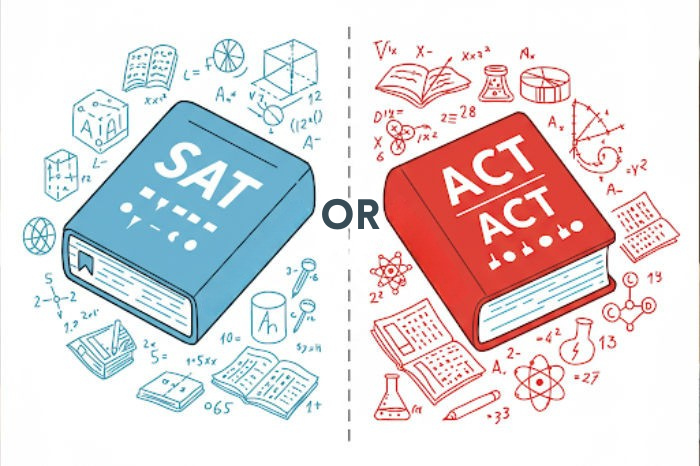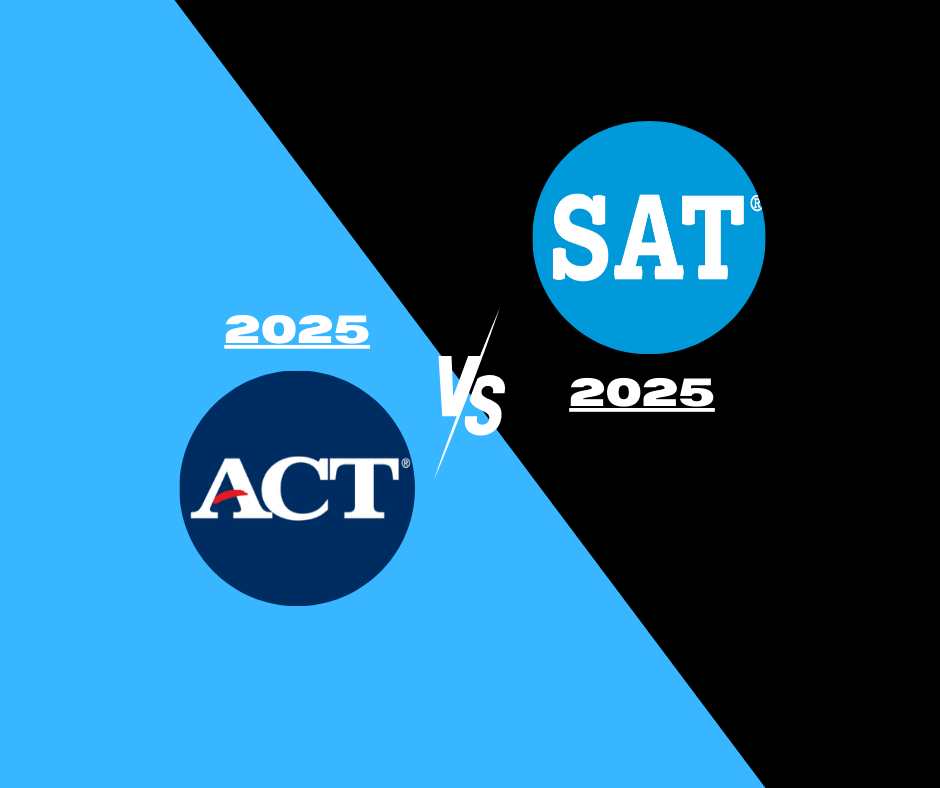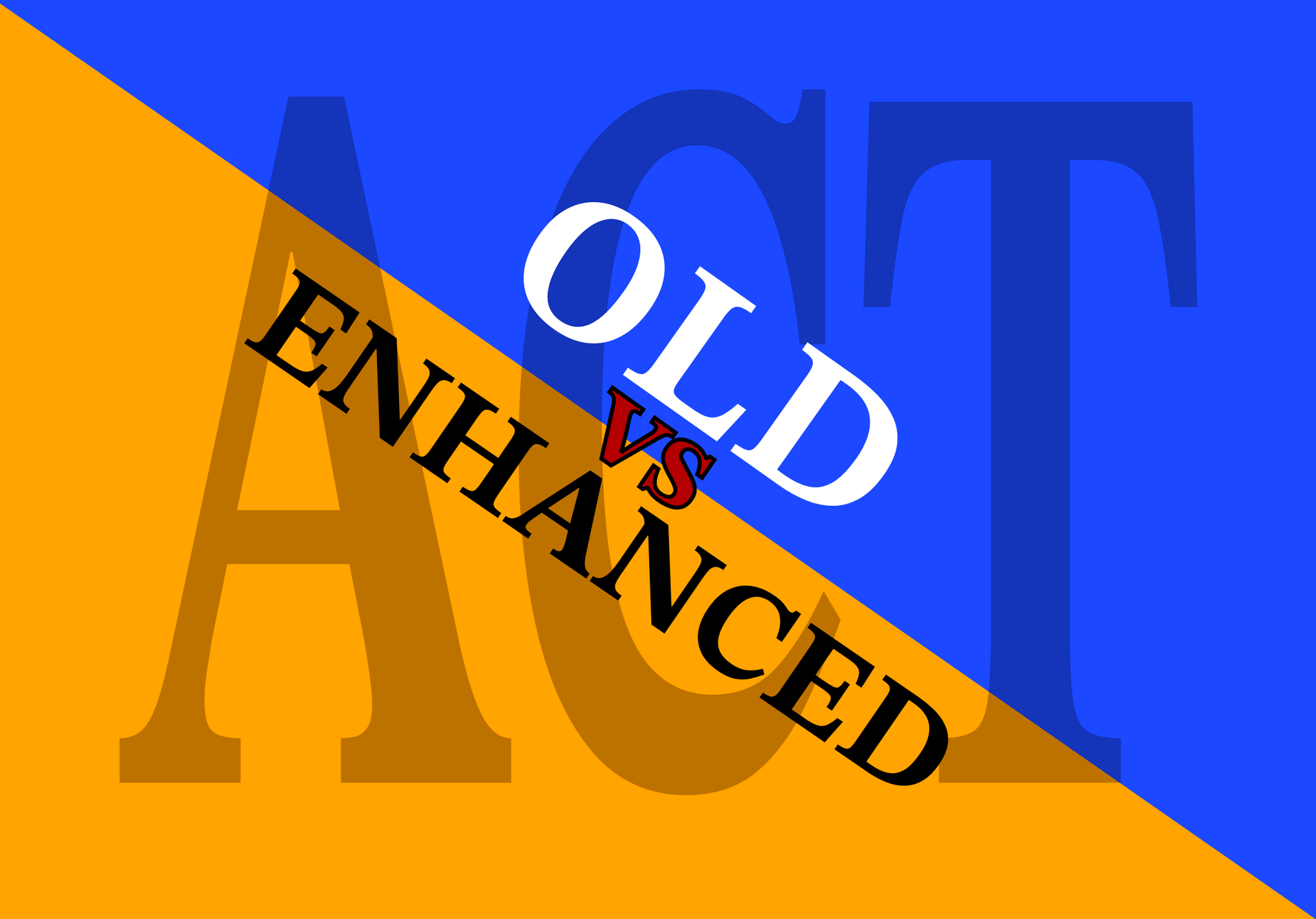7 Common App Essay Prompts
7 Common App Essay Prompts
If you’re a junior starting to think about college applications, it’s time to begin focusing on one of the most important components: the Common Application essay. The prompts for the 2023–2024 cycle have been released, giving students a valuable opportunity to tell their unique stories and show admissions officers who they are beyond their GPA and test scores.
The Common App essay—also known as the personal statement—is a 650-word piece that should reflect how you think, what you value, and what experiences have shaped the person you are today. It’s your chance to provide insight that can’t be found elsewhere in your application.
Here Are the 2023–2024 Common App Essay Prompts:
1. Share your story.
Some students have a background, identity, interest, or talent that is so meaningful they believe their application would be incomplete without it. If this sounds like you, then please share your story.
2. Overcoming obstacles.
The lessons we take from obstacles we encounter can be fundamental to later success. Recount a time when you faced a challenge, setback, or failure. How did it affect you, and what did you learn from the experience?
3. Questioning beliefs.
Reflect on a time when you questioned or challenged a belief or idea. What prompted your thinking? What was the outcome?
4. An unexpected gift.
Reflect on something that someone has done for you that has made you happy or thankful in a surprising way. How has this gratitude affected or motivated you?
5. Personal growth.
Discuss an accomplishment, event, or realization that sparked a period of personal growth and a new understanding of yourself or others.
6. Passion and curiosity.
Describe a topic, idea, or concept you find so engaging that it makes you lose all track of time. Why does it captivate you? What or who do you turn to when you want to learn more?
7. Choose your own adventure.
Share an essay on any topic of your choice. It can be one you've already written, one that responds to a different prompt, or one of your own design.
Where Do I Begin?
It’s completely normal to feel unsure about where to start. Begin by reflecting on each of the prompts. Does one immediately speak to your experiences or interests? If so, start there—but keep an open mind. Many students write a few different drafts before discovering the story they truly want to tell.
You may even find common threads running through different versions—elements of your personality or past that define you. Often, these threads can be woven into a single, strong narrative that captures your voice.
Keep in mind: This essay isn’t something you’ll finish in one sitting. It takes time, revision, and feedback to get it right. That’s okay. That’s part of the process.
Need Help Getting Started or Polishing Your Essay?
At Homework Hub, we specialize in helping students craft memorable college essays that stand out. Whether you’re brainstorming, stuck mid-draft, or preparing your final version, our experienced writing coaches can guide you every step of the way.
Call 631-673-7250 or Text 516-423-2543
Visit us online: www.homeworkhubtutoring.com/college-and-beyond-programs










